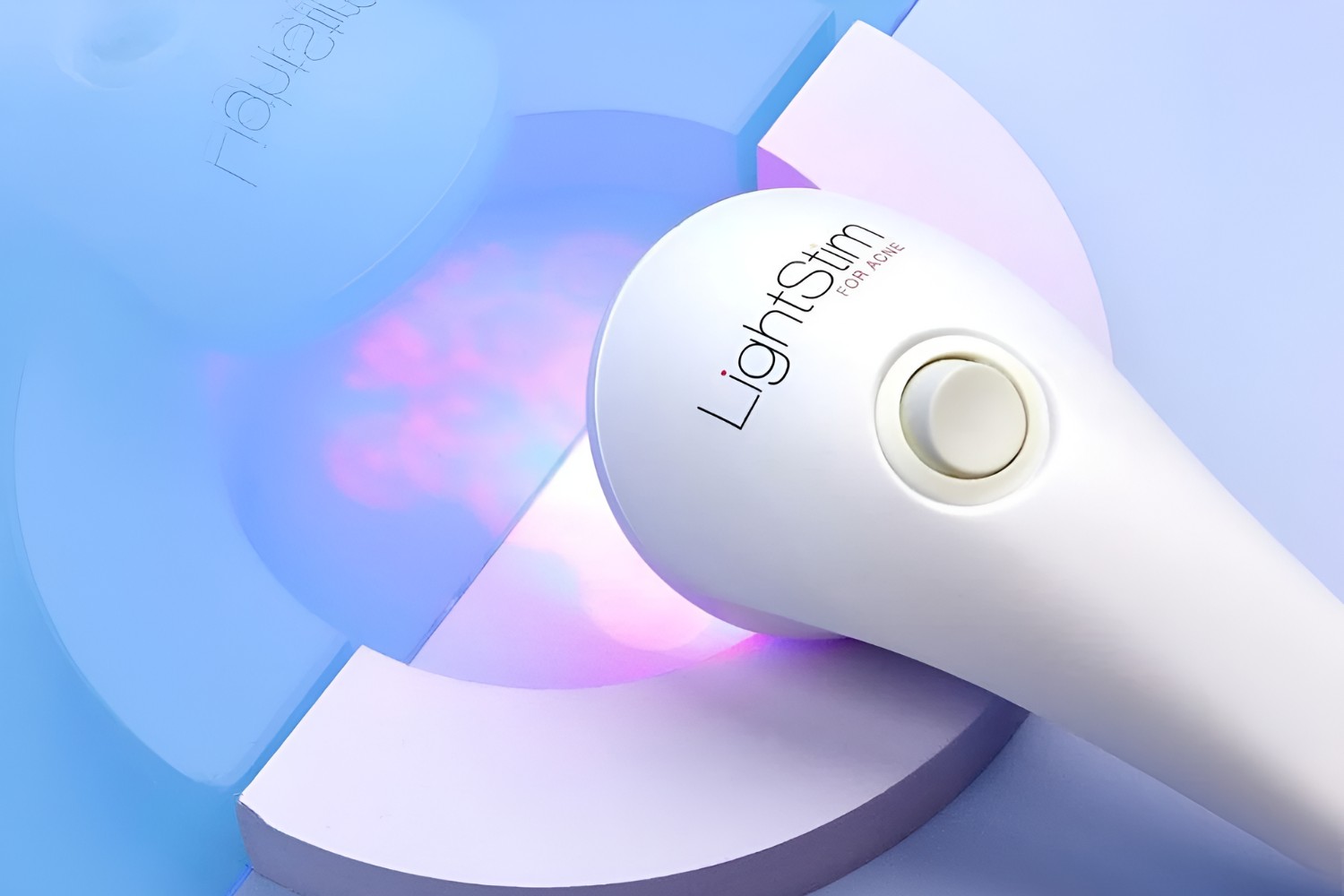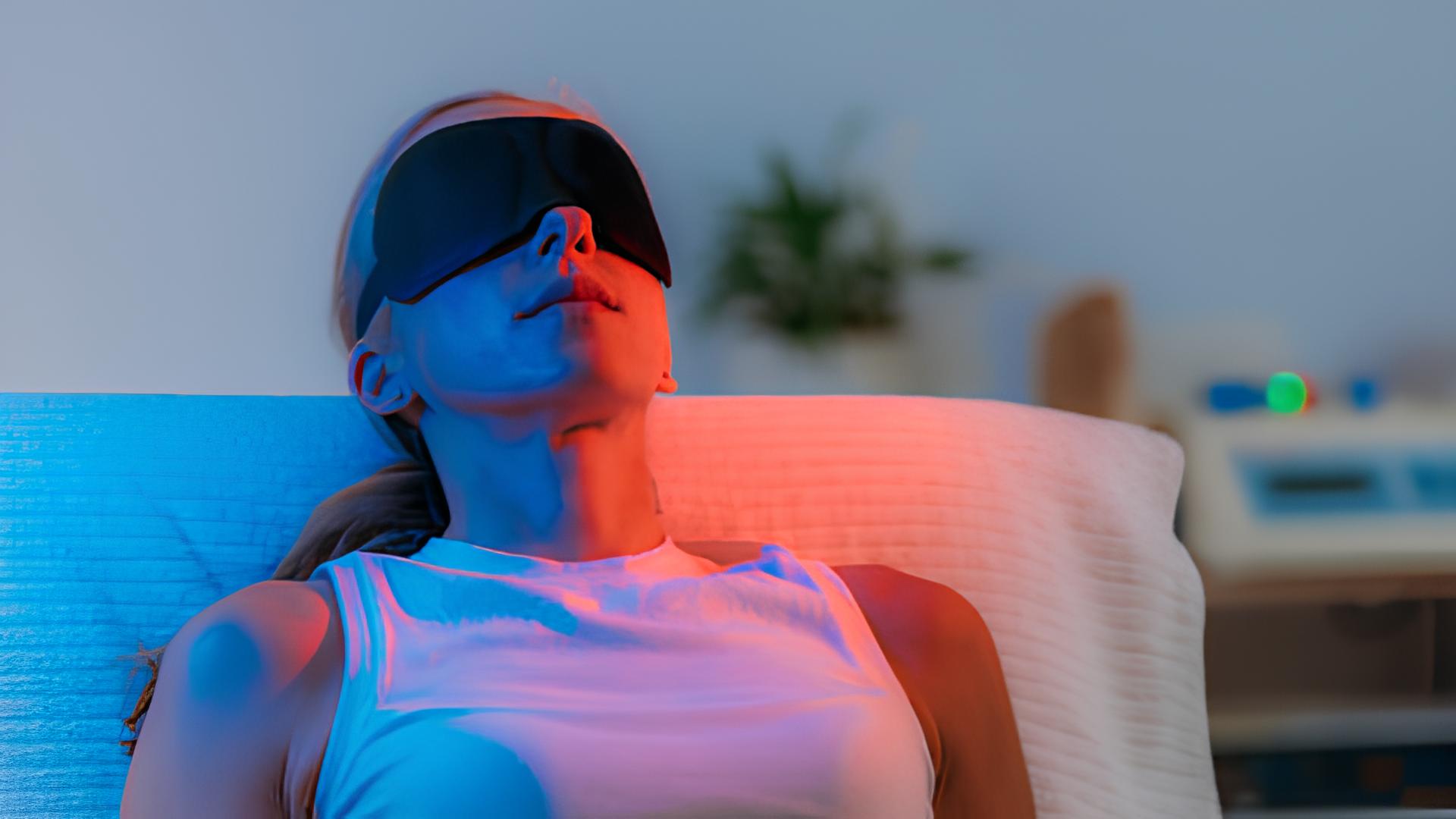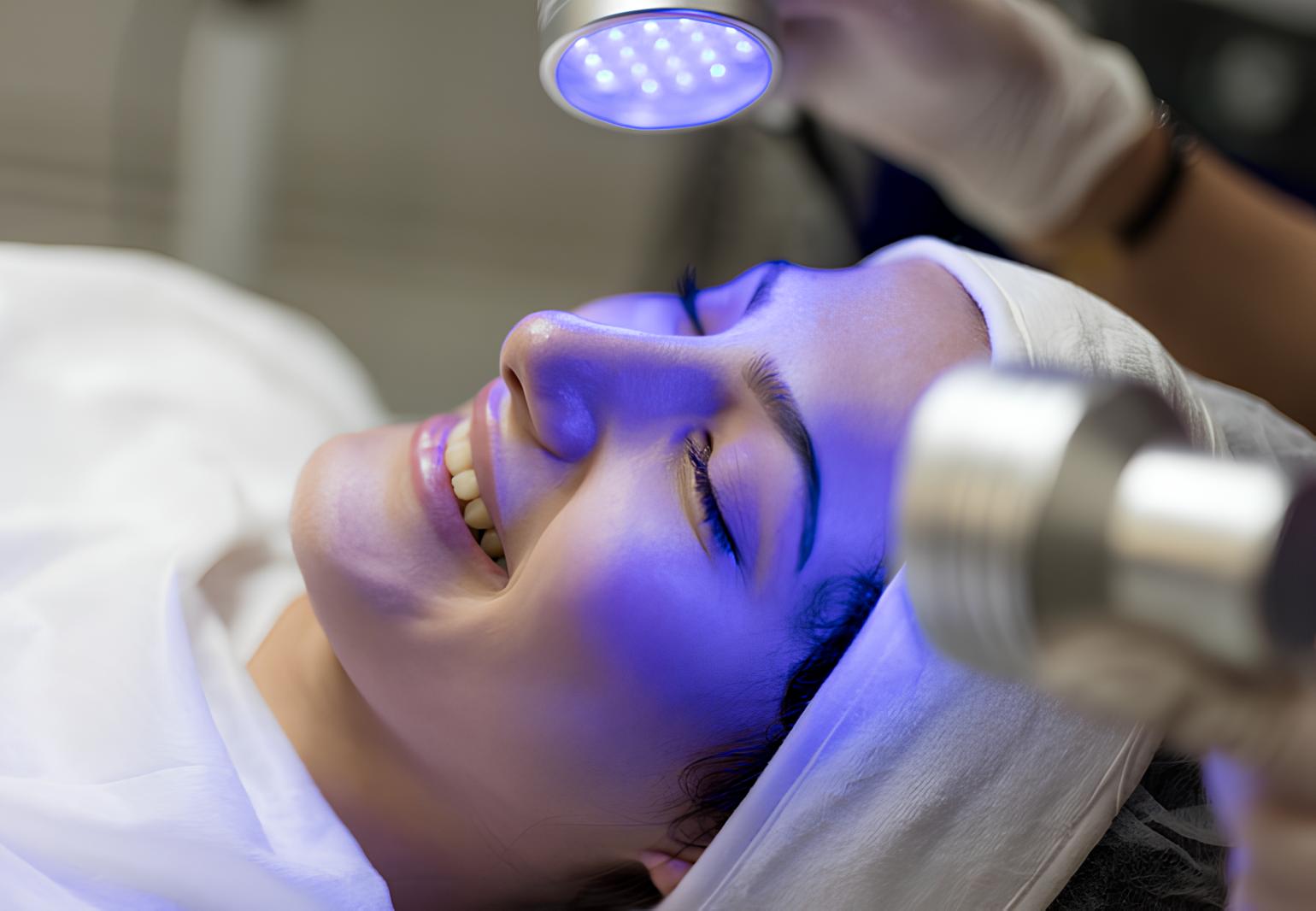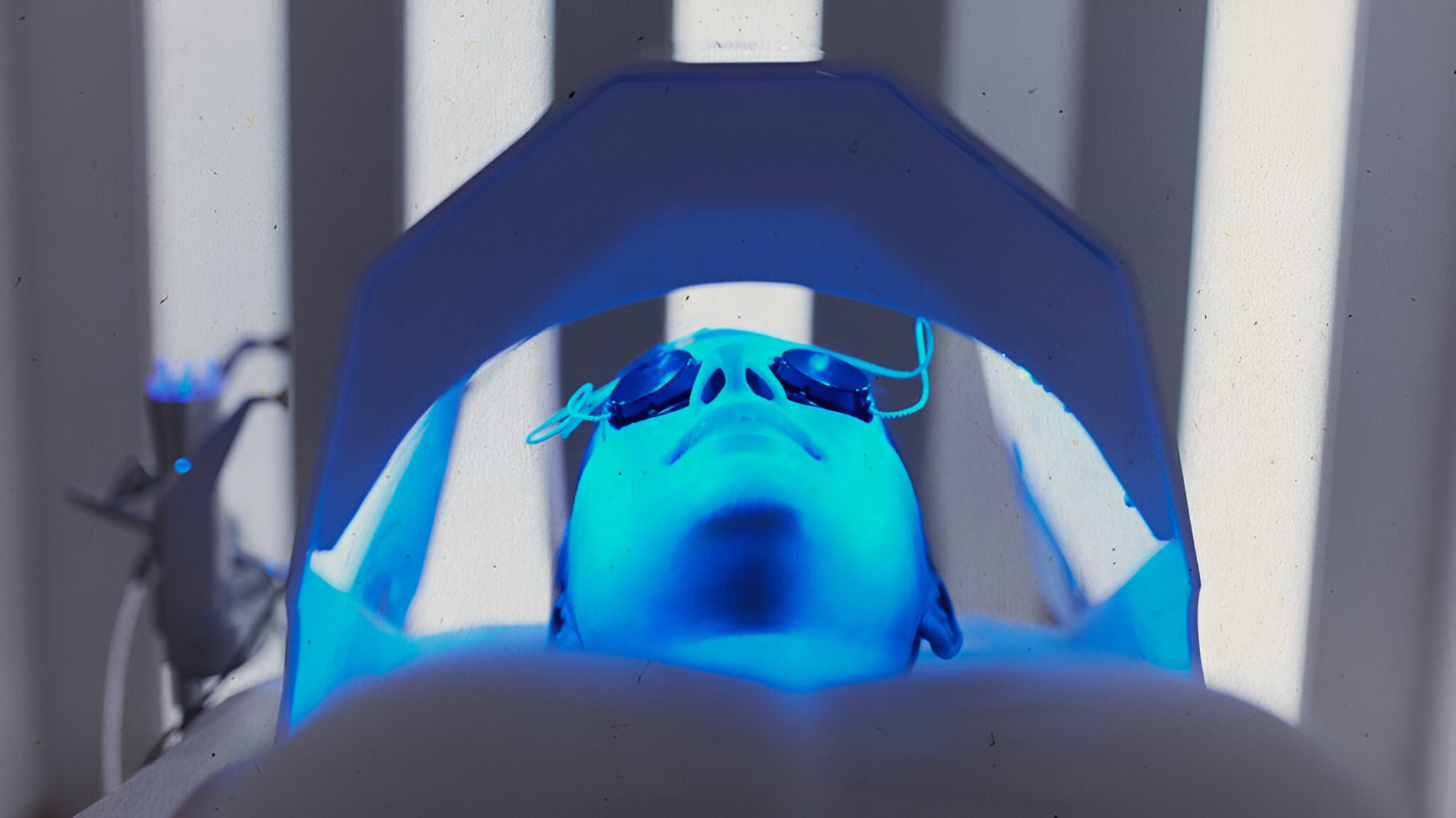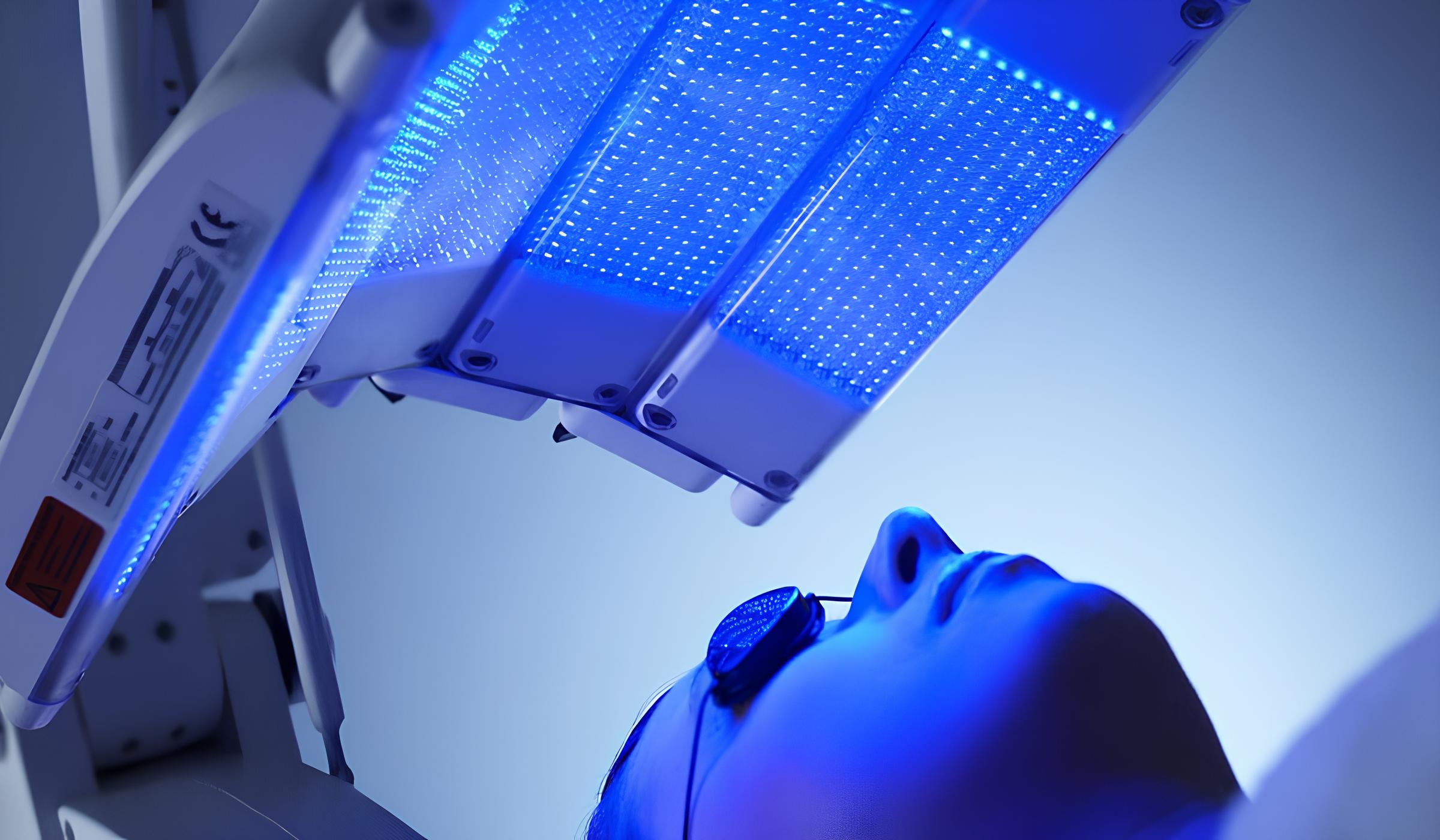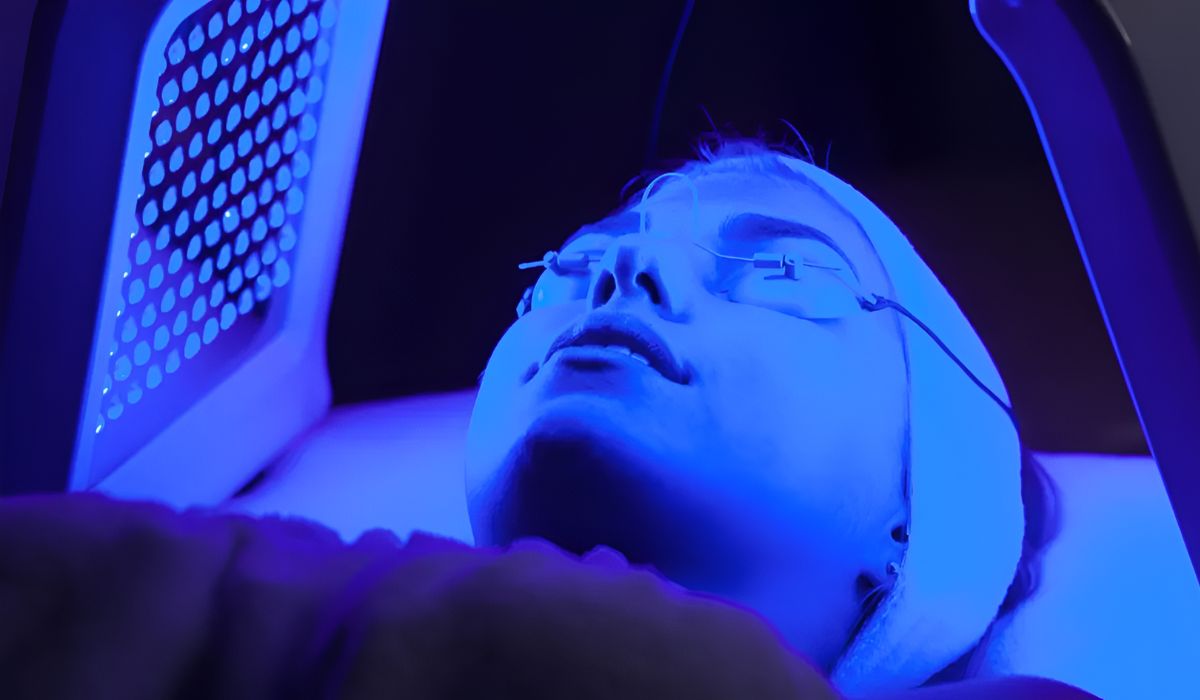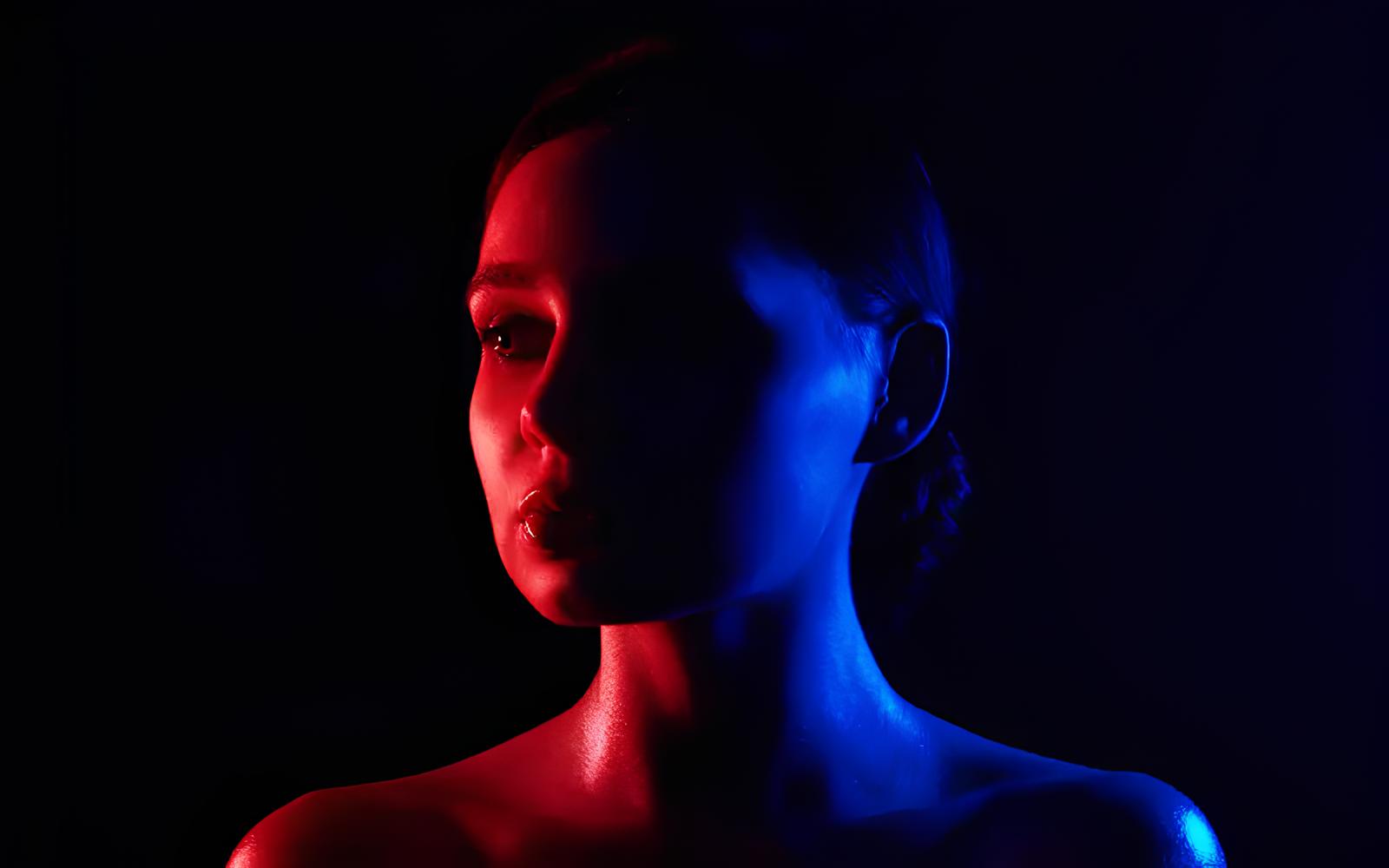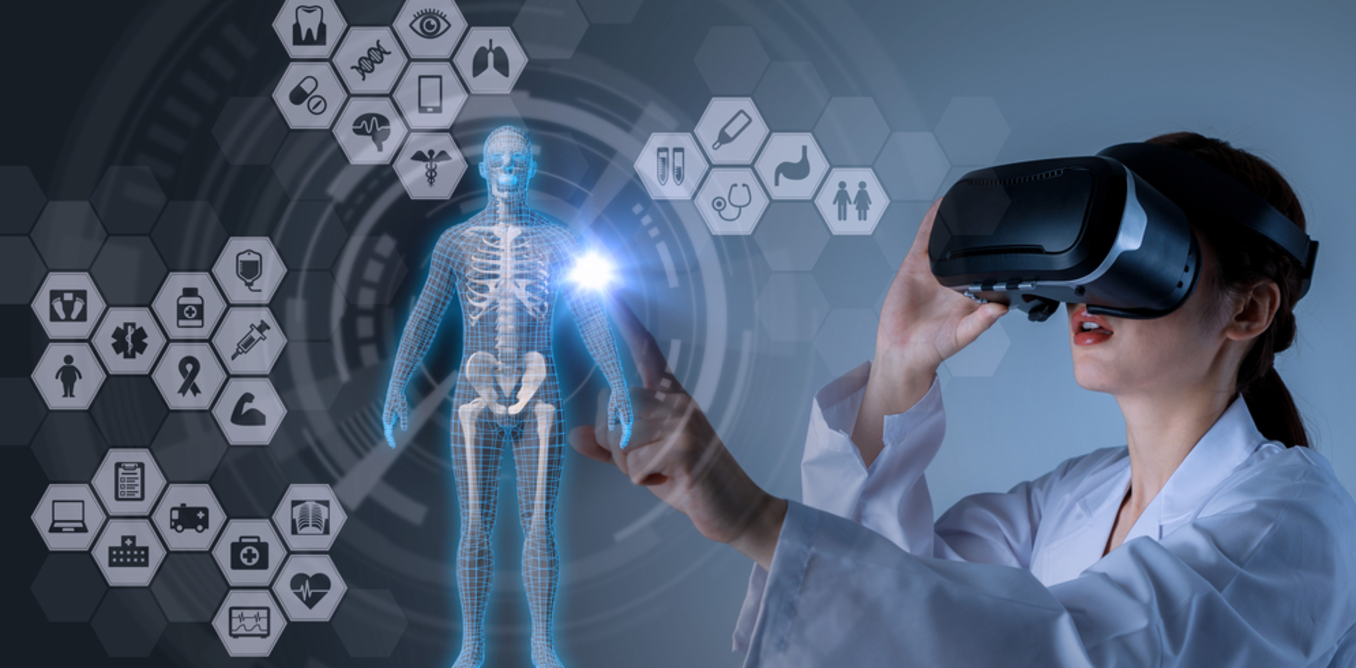Introduction
Blue light therapy has emerged as a revolutionary approach to address various health and wellness concerns, harnessing the power of specific wavelengths of light to deliver therapeutic benefits. From promoting skin rejuvenation to managing sleep patterns and mood disorders, the applications of blue light therapy are diverse and impactful. As the popularity of this non-invasive treatment continues to soar, it's essential to understand the optimal timing for reaping its full benefits.
In this comprehensive guide, we delve into the intricacies of blue light therapy, unravel the factors influencing its therapeutic timing, and provide practical guidelines for maximizing its efficacy. Whether you're seeking to enhance your skincare routine, regulate your circadian rhythm, or alleviate certain medical conditions, mastering the art of timing in blue light therapy is crucial for unlocking its potential.
Join us as we embark on a journey to demystify the art and science of blue light therapy, empowering you to make informed decisions and achieve optimal results. Let's explore the fascinating realm of therapeutic timing and unleash the transformative power of blue light therapy.
Understanding Blue Light Therapy
Blue light therapy, also known as photodynamic therapy, involves the use of specific wavelengths of light to deliver therapeutic benefits. This non-invasive treatment has gained traction in diverse fields, including dermatology, sleep medicine, and mental health. The key to its effectiveness lies in its ability to penetrate the skin and influence biological processes at the cellular level.
The science behind blue light therapy centers on its interaction with the skin and underlying tissues. When exposed to blue light within the 405-420 nanometer range, certain compounds within the skin, such as porphyrins, become activated. This activation triggers a cascade of reactions that can target and destroy harmful bacteria, making it an effective tool in treating acne and other skin conditions.
Beyond its dermatological applications, blue light therapy has also shown promise in regulating circadian rhythms and addressing sleep disorders. Exposure to blue light during specific times of the day can help synchronize the body's internal clock, promoting alertness and enhancing overall well-being. This has significant implications for individuals struggling with insomnia, jet lag, or shift work-related sleep disturbances.
In the realm of mental health, blue light therapy has garnered attention for its potential in managing mood disorders, such as seasonal affective disorder (SAD). By simulating natural sunlight, blue light can stimulate the production of serotonin, a neurotransmitter associated with mood regulation. This can alleviate symptoms of depression and enhance emotional stability, particularly during the darker months of the year.
Understanding the mechanisms through which blue light therapy exerts its effects is crucial for harnessing its full potential. Whether it's targeting acne-causing bacteria, optimizing sleep patterns, or uplifting mood and energy levels, the tailored application of blue light therapy hinges on a deep comprehension of its physiological impact.
As we unravel the intricacies of blue light therapy, it becomes evident that its versatility and therapeutic potential extend far beyond surface-level skincare. By tapping into the unique properties of blue light and aligning its application with specific health objectives, individuals can embark on a transformative journey towards enhanced well-being and vitality.
Factors Affecting Therapeutic Timing
The efficacy of blue light therapy is intricately linked to the timing of its application, influenced by a myriad of factors that dictate its therapeutic impact. Understanding these factors is paramount in optimizing the outcomes of blue light therapy interventions. Let's delve into the key determinants shaping the therapeutic timing of blue light therapy:
-
Chronobiology: The body's internal clock, governed by circadian rhythms, plays a pivotal role in determining the optimal timing for blue light exposure. Circadian rhythms regulate various physiological processes, including sleep-wake cycles, hormone secretion, and metabolism. By aligning blue light therapy with the body's natural rhythms, such as exposing the skin to blue light during the morning hours to promote wakefulness and vitality, the therapeutic effects can be maximized.
-
Skin Sensitivity: The sensitivity of the skin to light exposure varies throughout the day, influenced by factors such as UV index and environmental conditions. Understanding the skin's susceptibility to light-induced reactions is crucial in determining the ideal timing for blue light therapy, ensuring that the treatment is both effective and well-tolerated.
-
Targeted Conditions: Different health concerns targeted by blue light therapy may necessitate specific timing for optimal results. For instance, in dermatological applications aimed at combating acne, scheduling blue light sessions during periods when sebaceous gland activity is heightened can enhance the treatment's efficacy. Similarly, aligning blue light exposure with the onset of symptoms in individuals with circadian rhythm disorders can yield superior outcomes.
-
Light Intensity and Duration: The intensity and duration of blue light exposure are integral components influencing therapeutic timing. Adjusting the timing of exposure to correspond with the body's responsiveness to varying light intensities can amplify the treatment's effectiveness. Moreover, the duration of exposure, whether in brief, targeted sessions for skin rejuvenation or prolonged exposure for circadian rhythm regulation, necessitates meticulous consideration when determining the optimal timing for blue light therapy.
-
Individual Variability: Each individual's response to blue light therapy is unique, influenced by genetic predispositions, lifestyle factors, and underlying health conditions. Tailoring the timing of blue light therapy to accommodate individual variability, such as accounting for personal sleep patterns or skin reactivity, is essential in customizing the treatment for maximal benefit.
By comprehensively assessing these factors and integrating them into the strategic planning of blue light therapy interventions, practitioners and individuals can harness the full potential of this innovative treatment modality. The art of therapeutic timing in blue light therapy underscores the dynamic interplay between biological rhythms, skin physiology, and targeted health objectives, paving the way for personalized and impactful interventions.
Guidelines for Effective Blue Light Therapy Usage
Harnessing the full potential of blue light therapy hinges on adhering to strategic guidelines that optimize its efficacy and ensure safe and beneficial outcomes. Whether embarking on a skincare journey, seeking to regulate sleep patterns, or addressing specific health concerns, the following guidelines serve as a compass for navigating the realm of blue light therapy with precision and purpose.
-
Chronobiological Alignment: Aligning blue light therapy with the body's natural rhythms is paramount. For individuals seeking to regulate their circadian rhythms and enhance alertness, exposure to blue light in the morning can kickstart the day with vitality. Conversely, those aiming to wind down and prepare for restful sleep should limit blue light exposure in the evening, allowing the body to naturally transition into a state of relaxation.
-
Consistent Schedule: Establishing a consistent schedule for blue light therapy sessions fosters predictability and optimizes the treatment's benefits. Whether integrating blue light therapy into a morning skincare routine or utilizing it as a tool for managing sleep disorders, adhering to a regular schedule enhances the body's response to the treatment and promotes sustainable results.
-
Skin Preparation: Prior to blue light therapy sessions targeting skincare concerns, ensuring adequate skin preparation is essential. This may involve gentle exfoliation to remove surface impurities and enhance light penetration, as well as the application of photosensitizing agents to amplify the treatment's efficacy in combating acne and promoting skin rejuvenation.
-
Duration and Intensity: Tailoring the duration and intensity of blue light exposure to align with specific health objectives is pivotal. Short, targeted sessions may suffice for skincare interventions, while longer exposure durations may be warranted for circadian rhythm regulation. Adhering to recommended exposure parameters minimizes the risk of adverse effects and maximizes therapeutic benefits.
-
Individualized Approach: Recognizing the unique responses of individuals to blue light therapy underscores the importance of customization. Factors such as skin sensitivity, genetic predispositions, and underlying health conditions should inform the personalized application of blue light therapy, ensuring that the treatment is tailored to individual needs and characteristics.
-
Monitoring and Adaptation: Continuous monitoring of the body's response to blue light therapy enables informed adaptations to the treatment regimen. Whether addressing skin reactions, sleep patterns, or mood fluctuations, attentive observation facilitates adjustments to optimize the treatment's impact and address evolving needs.
By embracing these guidelines as pillars of informed practice, individuals and practitioners can navigate the landscape of blue light therapy with confidence and precision, harnessing its transformative potential while prioritizing safety and efficacy. The art of therapeutic timing in blue light therapy unfolds as a dynamic interplay between scientific principles, individualized care, and the pursuit of holistic well-being.
Conclusion
In the realm of health and wellness, the strategic utilization of blue light therapy emerges as a powerful ally, offering a multifaceted approach to addressing diverse concerns ranging from skincare woes to sleep disturbances and mood imbalances. As we navigate the intricate terrain of therapeutic timing in blue light therapy, a tapestry of insights and guidelines unfolds, illuminating the path towards optimal efficacy and transformative outcomes.
The art and science of blue light therapy converge in the understanding of its mechanisms, unveiling the profound impact of specific wavelengths of light on biological processes. Whether it's harnessing the antibacterial properties of blue light for combating acne, synchronizing circadian rhythms to promote vitality, or uplifting mood and energy levels, the tailored application of blue light therapy hinges on a deep comprehension of its physiological influence.
The factors influencing therapeutic timing in blue light therapy extend beyond the temporal dimension, encompassing the interplay of biological rhythms, skin reactivity, and targeted health objectives. By discerning the nuances of chronobiology, skin sensitivity, and individual variability, the optimization of blue light therapy transcends a mere temporal consideration, evolving into a personalized and strategic endeavor.
Guided by a set of comprehensive guidelines, the effective usage of blue light therapy unfolds as a journey marked by chronobiological alignment, consistent scheduling, meticulous skin preparation, tailored duration and intensity, individualized approaches, and vigilant monitoring. These guidelines serve as beacons, illuminating the path towards harnessing the full potential of blue light therapy while prioritizing safety, efficacy, and individualized care.
As we conclude this exploration of therapeutic timing in blue light therapy, a tapestry of possibilities and transformative potential emerges. From the realms of skincare rejuvenation to the orchestration of restful sleep and emotional equilibrium, the strategic integration of blue light therapy into daily routines holds the promise of holistic well-being and vitality.
Embracing the art of therapeutic timing in blue light therapy transcends the confines of a mere treatment modality, unfolding as a harmonious synergy between scientific principles, individualized care, and the pursuit of holistic well-being. By heeding the insights and guidelines presented, individuals and practitioners embark on a journey marked by precision, purpose, and the transformative power of blue light therapy.







